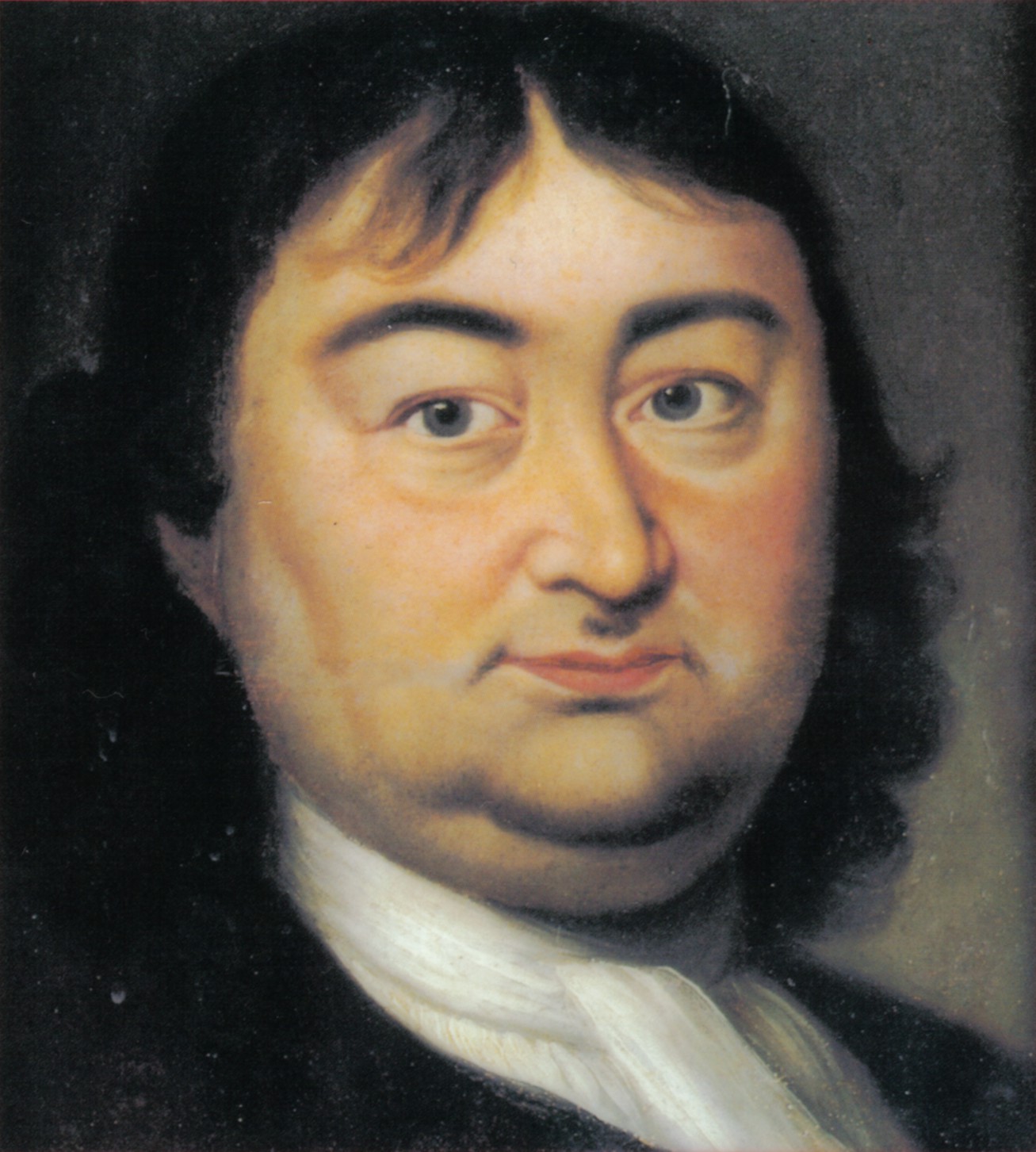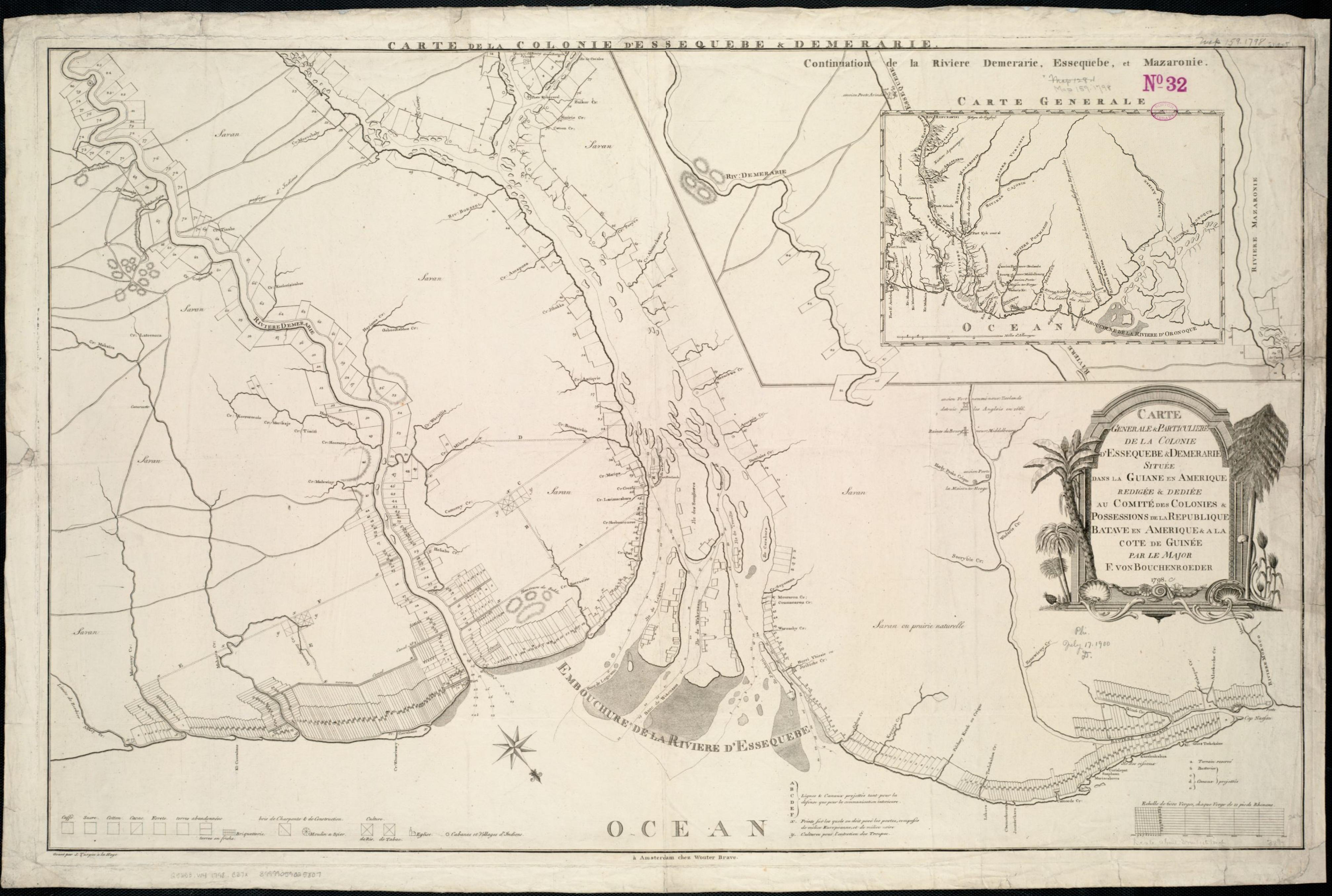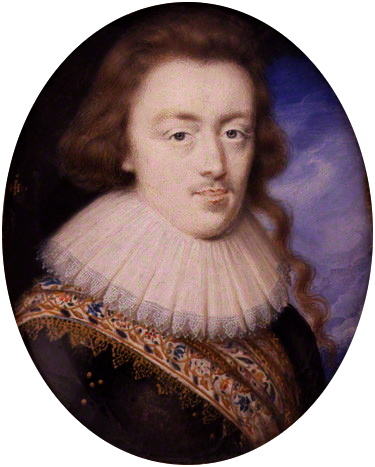|
John Loosemore
John Loosemore (August 1616 – 18 April 1681) was an English builder of pipe organs. He is best known for his organ at Exeter Cathedral in Devon, which he completed in 1665. John Loosemore was born in Barnstaple where he was baptized on 25 August 1616. His father was also a builder and repairer of organs, and passed on the trade to his son John, who moved to Exeter sometime before 1645. The other two sons of the family, Henry and George, also had a connection with organ music as they were eventually appointed organists at King's College, Cambridge and Trinity College, Cambridge, respectively, probably under the patronage of Dudley North, 4th Baron North. During the rule of the Puritans in Exeter from 1646 to 1660, church music was frowned upon. Many church organs, including the previous instrument in Exeter Cathedral, were vandalized or destroyed during the English Civil War. During this period, Loosemore was employed primarily in repairing organs and building other keyboa ... [...More Info...] [...Related Items...] OR: [Wikipedia] [Google] [Baidu] |
Exeter Cathedral 9578 Crop
Exeter () is a city in Devon, South West England. It is situated on the River Exe, approximately northeast of Plymouth and southwest of Bristol. In Roman Britain, Exeter was established as the base of Legio II Augusta under the personal command of Vespasian. Exeter became a religious centre in the Middle Ages. Exeter Cathedral, founded in the mid 11th century, became Anglican in the 16th-century English Reformation. Exeter became an affluent centre for the wool trade, although by the First World War the city was in decline. After the Second World War, much of the city centre was rebuilt and is now a centre for education, business and tourism in Devon and Cornwall. It is home to two of the constituent campuses of the University of Exeter: Streatham and St Luke's. The administrative area of Exeter has the status of a non-metropolitan district under the administration of the County Council. It is the county town of Devon and home to the headquarters of Devon County Council. A p ... [...More Info...] [...Related Items...] OR: [Wikipedia] [Google] [Baidu] |
Puritans
The Puritans were English Protestants in the 16th and 17th centuries who sought to purify the Church of England of Catholic Church, Roman Catholic practices, maintaining that the Church of England had not been fully reformed and should become more Protestant. Puritanism played a significant role in English history, especially during the Protectorate. Puritans were dissatisfied with the limited extent of the English Reformation and with the Church of England's toleration of certain practices associated with the Roman Catholic Church. They formed and identified with various religious groups advocating greater purity of worship and doctrine, as well as personal and corporate piety. Puritans adopted a Reformed theology, and in that sense they were Calvinists (as were many of their earlier opponents). In church polity, some advocated separation from all other established Christian denominations in favour of autonomous gathered churches. These English Dissenters, Separatist and Indepe ... [...More Info...] [...Related Items...] OR: [Wikipedia] [Google] [Baidu] |
1681 Deaths
Events January–March * January 1 – Prince Muhammad Akbar, son of the Mughal Emperor Aurangzeb, initiates a civil war in India. With the support of troops from the Rajput states, Akbar declares himself the new Mughal Emperor and prepares to fight his father, but is ultimately defeated. * January 3 – The Treaty of Bakhchisarai is signed, between the Ottoman vassal Crimean Khanate and the Russian Empire. * January 18 – The " Exclusion Bill Parliament", summoned by King Charles II of England in October, is dissolved after three months, with directions that new elections be held, and that a new parliament be convened in March in Oxford. * February 2 – In India, the Mughal Empire city of Burhanpur (now in the Indian state of Madhya Pradesh) is sacked and looted by troops of the Maratha Empire on orders of the Maratha emperor, the Chhatrapati Sambhaji. General Hambirrao Mohite began the pillaging three days earlier. * March 4 – King ... [...More Info...] [...Related Items...] OR: [Wikipedia] [Google] [Baidu] |
1616 Births
Events January–June * January ** Six-year-old António Vieira arrives from Portugal, with his parents, in Bahia (present-day Salvador) in Colonial Brazil, where he will become a diplomat, noted author, leading figure of the Church, and protector of Brazilian indigenous peoples, in an age of intolerance. ** Officials in Württemberg charge astronomer Johannes Kepler with practicing "forbidden arts" (witchcraft). His mother had also been so charged and spent 14 months in prison. * January 1 – King James I of England attends the masque ''The Golden Age Restored'', a satire by Ben Jonson on fallen court favorite the Earl of Somerset. The king asks for a repeat performance on January 6. * January 3 – In the court of James I of England, the king's favorite George Villiers becomes Master of the Horse (encouraging development of the thoroughbred horse); on April 24 he receives the Order of the Garter; and on August 27 is created Viscount Villiers and Baron Waddon, receivin ... [...More Info...] [...Related Items...] OR: [Wikipedia] [Google] [Baidu] |
William Drake, Organ Builder
William Drake (1943–2014) was the founder of the firm of William Drake, Organ Builder that manufactures pipe organs in Buckfastleigh, Devon, England. He held a Royal Warrant as organ builder to Queen Elizabeth II. Biography Drake was born 1947 in Baltimore, Maryland to an English father and mother of Swiss-American citizenship. Returning to England in 1952 on the death of his father he was educated at Dartington College of Arts where he learned the organ under John Wellingham. He was inspired to become an organ builder following a visit as a teenager to the exhibition of newly built organs at St Albans International Organ Festival at St Albans Abbey. After completing an apprenticeship in Austria with Rieger Orgelbau he worked with Rudolf Janke in Göttingen. He built a small award-winning organ as his Meisterstuck in the workshop of Patrick Collon in Brussels. Drake established the firm of William Drake Ltd in 1974 in Buckfastleigh, Devon. The company was part of the John L ... [...More Info...] [...Related Items...] OR: [Wikipedia] [Google] [Baidu] |
Buckfastleigh
Buckfastleigh is a market town and civil parishes in England, civil parish in Devon, England situated beside the Devon Expressway (A38 road, A38) at the edge of the Dartmoor National Park. It is part of Teignbridge and, for ecclesiastical purposes, lies within the Totnes Deanery. It is 18 miles (29 km) east-northeast of Plymouth, 20 miles (32 km) southwest of Exeter and has a population of 3,661. It is a centre of tourism and is home to Buckfast Abbey, the South Devon Railway Trust, South Devon Railway, the Buckfastleigh Butterfly Farm and Otter Sanctuary, the Tomb of Squire Richard Cabell and The Valiant Soldier. With 13 letters, Buckfastleigh is one of the longest place names in England with no repeated letters, tied with Buslingthorpe, Leeds and Buslingthorpe, Lincolnshire, but exceeded by Bricklehampton in Worcestershire with 14 letters. Geography Geographically, Buckfastleigh straddles the confluence of two small streams from Dartmoor which feed into the River Dart just to ... [...More Info...] [...Related Items...] OR: [Wikipedia] [Google] [Baidu] |
Nettlecombe Court
Nettlecombe Court and park is an old estate on the northern fringes of the Brendon Hills, within the Exmoor National Park. They are within the civil parish of Nettlecombe, named after the house, and are approximately from the village of Williton, in the English county of Somerset. It has been designated by English Heritage as a Grade I listed building. The 16th-century Elizabethan, Tudor and Medieval architecture with Georgian refinements includes a mansion, Medieval hall, church, monumental oak grove, and a farm. It is surrounded by of estate parkland situated within the Exmoor National Park, once a part of the estate. It lays sheltered at the northeast incline of the Brendon Hills. The park surrounding the house is Grade II listed on the National Register of Historic Parks and Gardens. Nettlecombe Park blends into woodlands, with the house serving as the Leonard Wills Field Centre run by Field Studies Council and offering residential and non-residential fieldwork for sch ... [...More Info...] [...Related Items...] OR: [Wikipedia] [Google] [Baidu] |
Charles II Of England
Charles II (29 May 1630 – 6 February 1685) was King of Scotland from 1649 until 1651, and King of England, Scotland and Ireland from the 1660 Restoration of the monarchy until his death in 1685. Charles II was the eldest surviving child of Charles I of England, Scotland and Ireland and Henrietta Maria of France. After Charles I's execution at Whitehall on 30 January 1649, at the climax of the English Civil War, the Parliament of Scotland proclaimed Charles II king on 5 February 1649. But England entered the period known as the English Interregnum or the English Commonwealth, and the country was a de facto republic led by Oliver Cromwell. Cromwell defeated Charles II at the Battle of Worcester on 3 September 1651, and Charles fled to mainland Europe. Cromwell became virtual dictator of England, Scotland and Ireland. Charles spent the next nine years in exile in France, the Dutch Republic and the Spanish Netherlands. The political crisis that followed Cromwell's deat ... [...More Info...] [...Related Items...] OR: [Wikipedia] [Google] [Baidu] |
Victoria And Albert Museum
The Victoria and Albert Museum (often abbreviated as the V&A) in London is the world's largest museum of applied arts, decorative arts and design, housing a permanent collection of over 2.27 million objects. It was founded in 1852 and named after Queen Victoria and Prince Albert. The V&A is located in the Royal Borough of Kensington and Chelsea, in an area known as " Albertopolis" because of its association with Prince Albert, the Albert Memorial and the major cultural institutions with which he was associated. These include the Natural History Museum, the Science Museum, the Royal Albert Hall and Imperial College London. The museum is a non-departmental public body sponsored by the Department for Digital, Culture, Media and Sport. As with other national British museums, entrance is free. The V&A covers and 145 galleries. Its collection spans 5,000 years of art, from ancient times to the present day, from the cultures of Europe, North America, Asia and North ... [...More Info...] [...Related Items...] OR: [Wikipedia] [Google] [Baidu] |
Virginal
The virginals (or virginal) is a keyboard instrument of the harpsichord family. It was popular in Europe during the late Renaissance and early Baroque periods. Description A virginal is a smaller and simpler rectangular or polygonal form of harpsichord with only one string per note running more or less parallel to the keyboard on the long side of the case. Many, if not most, of the instruments were constructed without legs, and would be placed on a table for playing. Later models were built with their own stands. Mechanism The mechanism of the virginals is identical to the harpsichord's, in that its wire strings are plucked by plectra mounted in jacks. Its case, however, is rectangular or polygonal, and the single choir of strings—one per note—runs roughly parallel to the keyboard. The strings are plucked either near one end, as with the harpsichord, or, in the case of the muselar, nearer the middle, producing a more flute-like tone reduced in upper harmonics. Etymolog ... [...More Info...] [...Related Items...] OR: [Wikipedia] [Google] [Baidu] |
English Civil War
The English Civil War (1642–1651) was a series of civil wars and political machinations between Parliamentarians ("Roundheads") and Royalists led by Charles I ("Cavaliers"), mainly over the manner of Kingdom of England, England's governance and issues of religious freedom. It was part of the wider Wars of the Three Kingdoms. The First English Civil War, first (1642–1646) and Second English Civil War, second (1648–1649) wars pitted the supporters of King Charles I of England, Charles I against the supporters of the Long Parliament, while the Third English Civil War, third (1649–1651) saw fighting between supporters of King Charles II of England, Charles II and supporters of the Rump Parliament. The wars also involved the Covenanters, Scottish Covenanters and Confederate Ireland, Irish Confederates. The war ended with Parliamentarian victory at the Battle of Worcester on 3 September 1651. Unlike other list of English civil wars, civil wars in England, which were mainly ... [...More Info...] [...Related Items...] OR: [Wikipedia] [Google] [Baidu] |
Dudley North, 4th Baron North
Dudley North, 4th Baron North, KB (160224 June 1677) of Kirtling Tower, Cambridgeshire was an English politician, who sat in the House of Commons at various times between 1628 and 1660. Life North was the elder son of Dudley North, 3rd Baron North, and his wife Frances Brockett, daughter of Sir John Brocket of Brocket Hall in Hertfordshire. In 1616 he was created a Knight of the Bath. He was admitted to St John's College, Cambridge, in 1619 and to Gray's Inn in August 1619. In 1620 he joined the volunteer regiment for the relief of the Electoral Palatinate and served in Holland during the Dutch–Portuguese War. He travelled in Italy, France and Spain. In 1628 he was elected member of parliament for Horsham and sat until 1629, when Charles I of England decided to rule without parliament for eleven years. [...More Info...] [...Related Items...] OR: [Wikipedia] [Google] [Baidu] |








